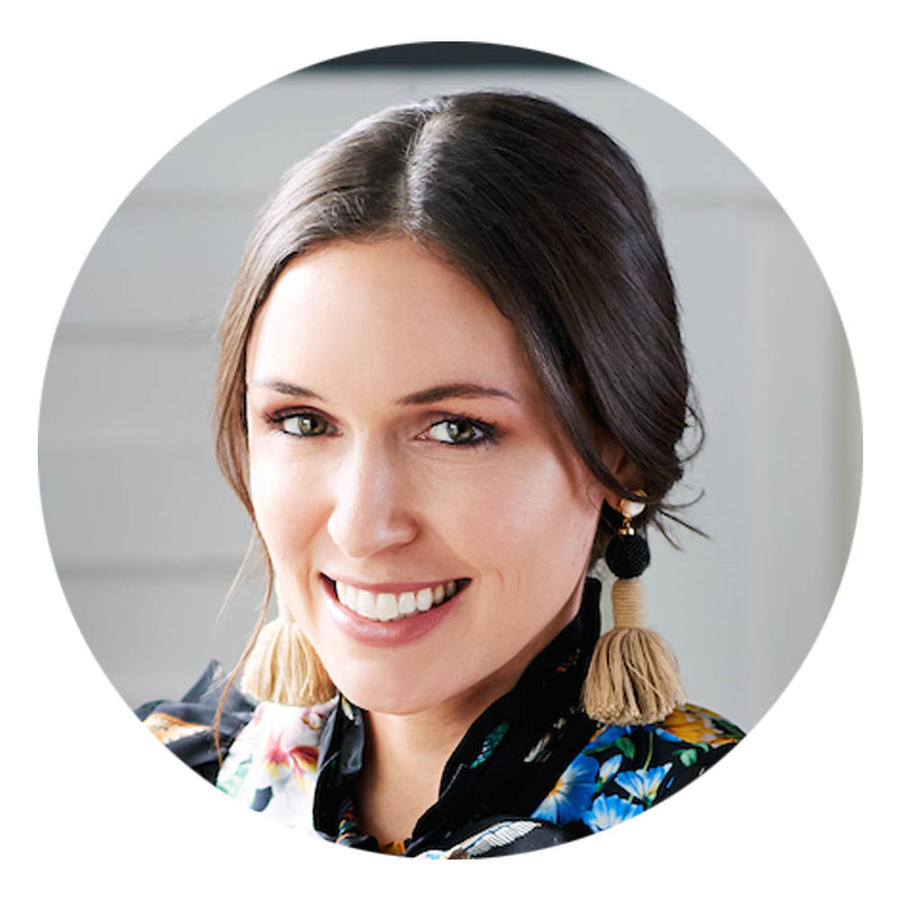A grim reality of working in a client-based business is that you’re destined to come across a few bad apples. We asked three designers—Kimille Taylor, Nile Johnson and MA Allen—how they broke up with toxic clients.

Blame game
“Many years ago, I was on my first big job, a duplex apartment combo on Central Park West. I’d done a tile layout drawing for the master bathroom, which I sent to the architect and builder. Months later, we all arrived for a weekly meeting and saw that the tile installer had disregarded my layout and started installing the tiles a different way that very morning! While not ideal, it was clearly a mistake and something that could have been very easily remedied. However, the client went berserk, yelling and blaming me exclusively, saying I hadn’t done my job—all in front of the entire team. When the builder spoke up and tried to take responsibility, the client wanted no part of it and continued to blame me, not knowing how the process worked. I walked off the job site and emailed the client later that day, explaining that trust and respect are paramount to a successful project and since he showed me neither, he could finish the project on his own.” —Kimille Taylor, New York

Where you lead
“Luckily, we’ve only had one breakup scenario. In hindsight, once both parties stepped back, it truly felt mutual, because it wasn't the right fit from the start. The client is always in control, but must be able to let the designer lead the design process.” —MA Allen, MA Allen Interiors, Raleigh, NC

Creative control
“Toxic client relationships have occurred a few times, usually when there was a lack of trust on the client's part and a lack of boundaries on mine. This in turn causes the client to seek control of the project, causing them to micromanage in an aggressive and overbearing way, derailing the objective of the project. Knowing that we both contributed to the toxicity of the environment, I have had to re-examine my process to ensure there was space for the client’s vision and mine to coexist. What I got from these experiences is that the client didn’t really want to be in control—what they really wanted was ownership. They wanted to be considered, not just as an end user, but as a contributing voice in the process, ultimately allowing them to trust my expertise, because they know they are being heard.” —Nile Johnson, Nile Johnson Interior Design, Philadelphia
Homepage photo: A dining room by Nile Johnson; courtesy of Nile Johnson




























